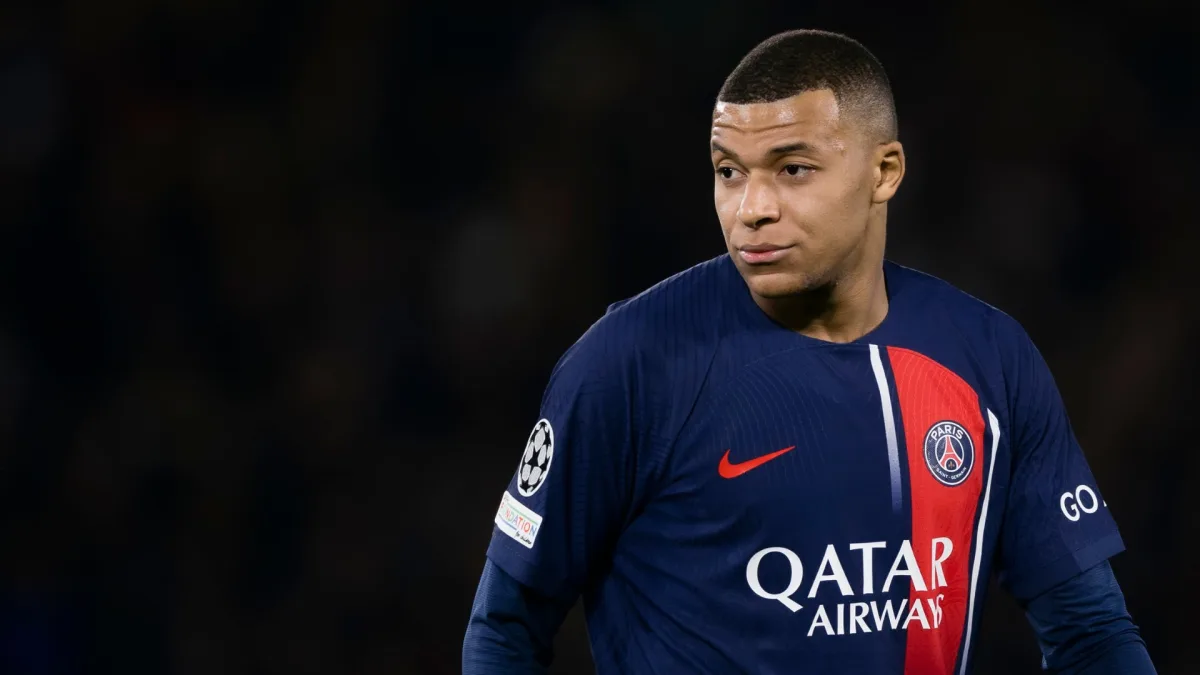Golf’s biggest hitters are likely to see the distance they can propel tee shots shortened by around 15 yards after the R&A and United States Golf Association announced changes to rules surrounding ball specifications.
All players will be affected, but officials estimate that recreational golfers, incapable of generating the rapid swing speeds of pros, will suffer a reduction of fewer than five yards to their longest shots.
There has been opposition from golf manufacturers and leading tours during a protracted period of consultation before this announcement. One manufacturer described previous proposals as “a solution seeking a problem.”
But the rules makers insist the game has to act to limit hitting distances.
“This is a trend we need to take very seriously,” R&A chief executive Martin Slumbers told BBC Sport.
“Golf courses are growing ever longer and we need to have a responsibility about protecting the integrity of golf courses, protecting the balance of skills and technology, and how the game is played.
“But also the sport has to take its responsibility and be cognisant of our environmental and sustainability impacts. Making golf courses ever longer, we start to run out of property and it is not environmentally responsible.”
Modern premium golf balls (which cost around £6 each) when struck with the latest large-headed drivers have never flown as far as they do today.
The PGA Tour’s biggest hitter, Rory McIlroy, is among several players whose drives average more than 320 yards, with 98 pros beating the circuit’s average of 299.9 yards last season.
In 2002 only one player, John Daly (306 yards), beat the 300 yard barrier. This year the Masters was forced to lengthen Augusta’s famous par-five 13th hole from 510 to 545 yards to make sure it remains an appropriate challenge.
The new measures come into force in January 2028 for the elite game, with a phased introduction for recreational golfers in 2030.
Golf balls must conform to the rules and pass strict testing protocols which determine their ‘Overall Distance Standard’.
The playing characteristics of a ball can be altered through its composition and/or dimple patterns which in turn can affect spin rates that could limit the distance it flies.
Under current regulations, a ball struck by a robotic club swung in laboratory conditions at 120mph is only allowed to travel 317 yards (with three yards tolerance). The new rules will maintain the same distance outcome, but for a club swung at the increased rate of 125mph, which is the top end of the speed generated by pros.
“We feel very strongly that we need to act and update the rules for the modern game,” Slumbers said. “It is 20 years since we last updated the golf ball and a lot has changed in sport, and in golf, in that time.”
The St Andrews-based boss added: “We feel that [a reduction of] 15 yards for the longest hitters is fair and will have a meaningful impact.
“But it is very important to understand that for the average recreational golfer we will see an impact of less than five yards.”
Originally the R&A and USGA had proposed no change for humble club hackers but to introduce a ‘Model Local Rule’ to rein back elite golf. This divided approach has been ditched after a six-month consultation period closed last August.
“Golfers have expressed very strongly that we all want to play by the same rules,” Slumbers admitted. “We had proposed a Model Local Rule for elite golf but that received very little support.”
McIlroy was a strong supporter of the bifurcation proposals but a number of players have voiced opposition to the decision to limit distances for all players.
Last week former American Ryder Cup player Keegan Bradley called the rollback “stupid”. Speaking at the Hero World Challenge in the Bahamas, he said: “For the amateur world, to hit it shorter is monstrous.”
Slumbers is anticipating more opposition. “Governance is not the easiest thing in the world to do, especially in golf,” he said.
“But we have a responsibility to the long term future of the game and we have to be cognisant of our environmental responsibility. We can’t keep making golf courses longer and it isn’t just the courses that tour golf is played on.
“You see this growth in distance right through elite amateur golf down to junior level.”
The process leading to today’s announcement has followed a set of guidelines agreed by the golf industry at the turn of the century known as “the Vancouver Protocol”.
It means manufacturers and professional tours have been consulted at every step during a five year process to reach this defining point. “We have reflected their input over a long period of time,” Slumbers insisted.
“I would say there has probably never been a rule change in our sport which has reflected so much feedback and that feedback is reflected in the final outcome. But our responsibility is to make a decision and that is what we have done today.
“This is a change to the rules of golf. And one of the most important things about our sport is that we all play to the rules of golf.”




